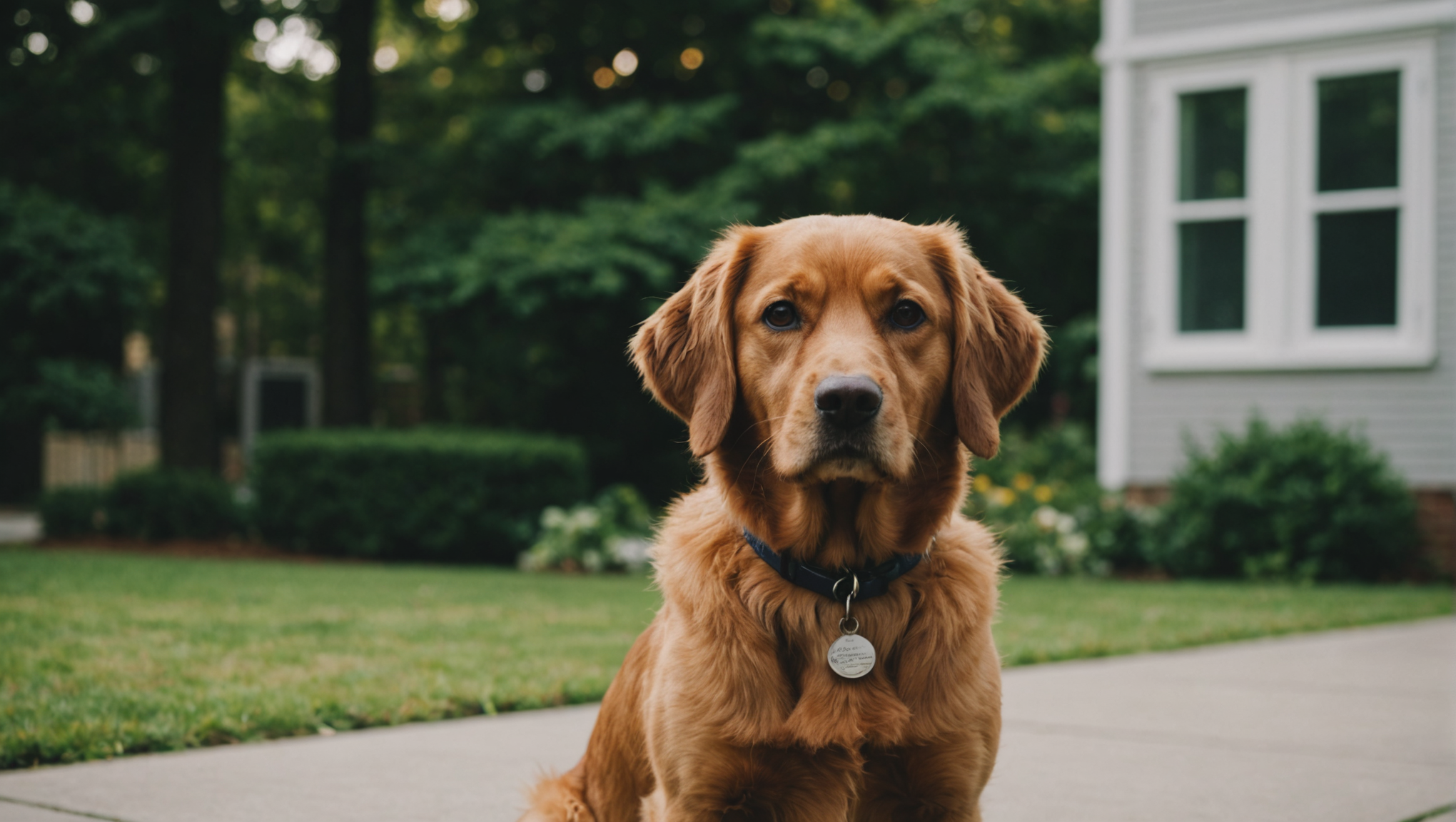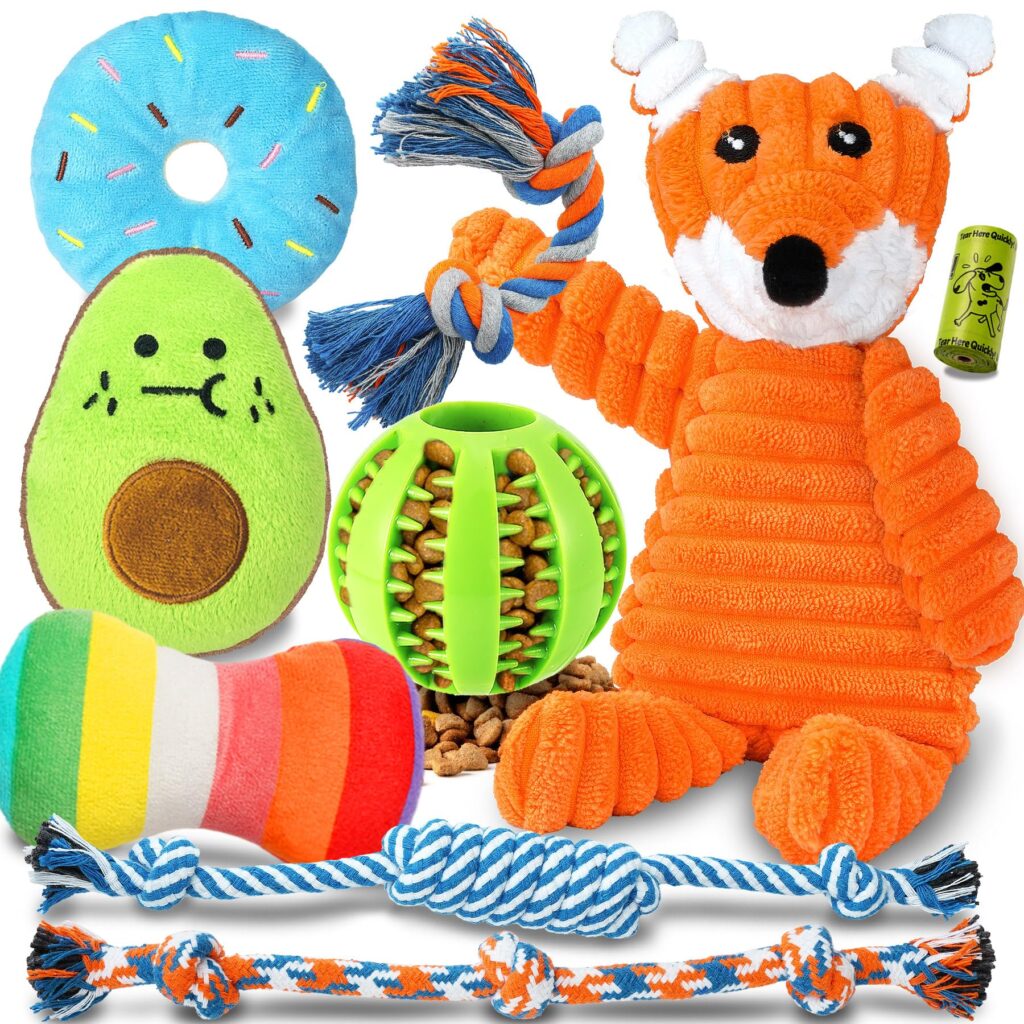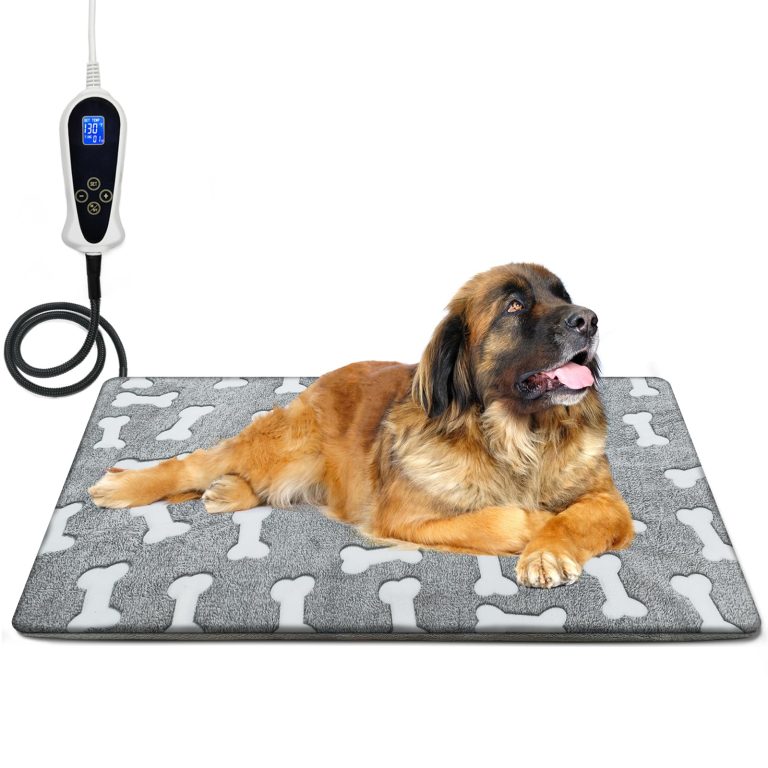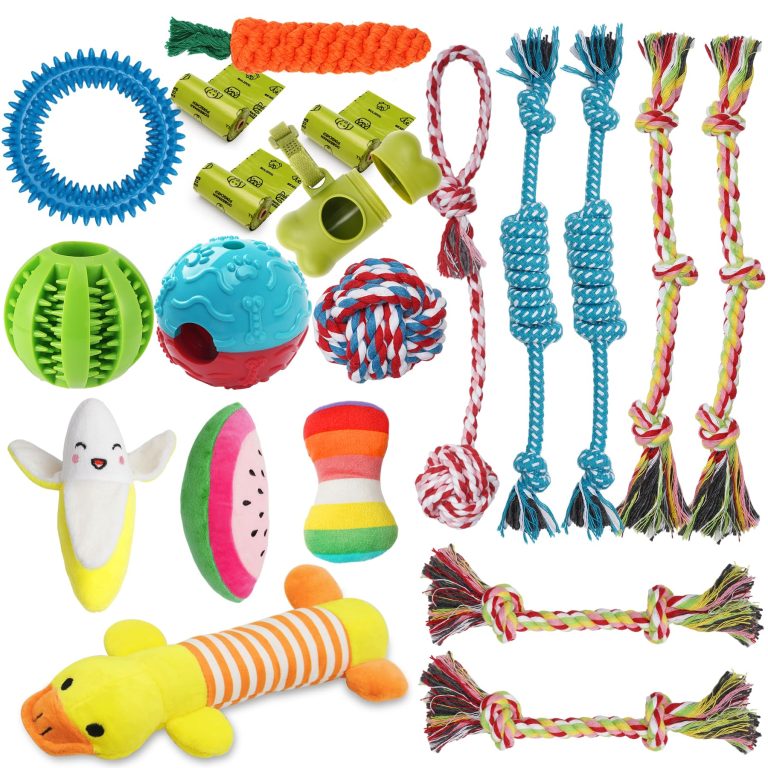Teaching Your Dog to Be a Good Neighbor – Etiquette Tips

To cultivate a harmonious relationship between your dog and the community, it is paramount to delve into the intricacies of canine behavior and the vital process of socialization. Dogs, being inherently social animals, thrive on interactions with both their human caregivers and their fellow canines. Understanding these dynamics begins with recognizing that dogs communicate primarily through body language, vocalizations, and actions. Therefore, as responsible pet owners, we must become adept interpreters of this silent language in order to facilitate healthy interactions.
Socialization is not merely an isolated experience limited to puppyhood; it is an ongoing journey that shapes a dog’s confidence and comfort in various environments. Exposing your dog to diverse stimuli—from bustling city streets to serene parks—encourages adaptability and reduces fear-based reactions. Embrace positive reinforcement techniques during these introductions; a rewarding click or treat when your dog encounters new sights or sounds will create a positive association, paving the way for a more composed and well-adjusted companion.
It’s essential to think the critical windows for socialization, particularly during the early developmental periods of a puppy’s life. This time frame, typically between three and fourteen weeks of age, offers a rich opportunity to introduce a multitude of experiences. Inviting well-mannered, vaccinated dogs into your home, exposing them to different people—children, adults, and even senior citizens—can profoundly enrich your dog’s social experiences. The goal here is to foster a sense of reliability and trust in your dog’s world, ultimately leading to better behavior in public and at home.
Socialization should not be confused with indiscriminate exposure. It’s important to monitor your dog’s comfort levels and reactions. Some dogs may exhibit signs of anxiety or stress when meeting new individuals or experiencing novel situations. A gentle approach, perhaps retreating to a safe space or engaging in a game with your dog, can help divert their attention and reframe the experience as positive. Remember, a calm dog makes a good neighbor.
The relationship you nurture with your pet extends beyond mere obedience; it’s about fostering an understanding that fortifies your bond. Ponder walking in the neighborhood to expose your dog to the scents, sounds, and sights that abound. Allow your dog to investigate at their own pace, offering encouragement while being observant of their body language. When they exhibit signs of discomfort or fear, reassure them gently, perhaps with a quiet voice or a comforting touch, allowing them to gain confidence in each stride.
Moreover, engaging with fellow dog owners in your community provides a wealth of knowledge and shared experiences that can enhance your training efforts. Joining dog clubs or attending training classes not only provides structured environments for socialization but also offers valuable insights from experienced handlers. As the renowned dog trainer, Barbara Woodhouse, once said, “The dog you have at the end of the leash is a reflection of you.” This saying underscores the profound influence that our actions and behaviors impart on our dogs.
A strong understanding of dog behavior and the nuances of socialization will arm you with the tools necessary to navigate the complexities of dog ownership, transforming the shared space into a realm of peace and enjoyment for both you and your neighbors. When you invest time and love into shaping your dog’s social skills, you’re not only enhancing their well-being but also fostering a neighborhood in which all can thrive together harmoniously.
Basic Training for Good Manners
Implementing basic training for good manners is the cornerstone of nurturing a well-behaved dog, a creature not only capable of receiving commands but also adept at interacting positively within the community. This stage of training is about establishing clear expectations and reinforcing desirable behaviors through a combination of consistency, patience, and positive reinforcement. One of the first commands to teach is “sit.” A simple yet powerful command, “sit” encourages calmness and attentiveness, providing a solid foundation for further training.
To teach your dog to sit, begin with a treat in your hand, allowing them to sniff it. Hold the treat above their nose, and as they follow the scent, slowly raise it above their head. As their head moves upwards, their bottom will naturally lower to the ground. At the moment they settle into the sitting position, affirmatively praise them with a warm, enthusiastic, “Good sit!” and offer the treat. Repetition is key here; consistency will cement this behavior in their minds, transforming it from a novelty into a reliable response.
In addition to “sit,” teaching the “stay” command very important. This command promotes self-control and prevents impulsive behaviors, such as darting into traffic or rushing to greet an unfamiliar person. Start by commanding your dog to sit, then place your palm in front of them and firmly yet kindly say “stay.” Take a few steps back, and if they remain seated, return and reward them promptly. Progressively increase the distance and duration, always reinforcing the success with praise. The essence of this training lies in the trust you build; your dog learns that remaining still is not only safe but also rewarding.
Another vital command is “leave it.” This command serves as a protective measure against unwanted ingesting of harmful items or plants during walks. To teach “leave it,” place a treat in your hand, closing your fist around it. Let your dog sniff and paw at your hand, but do not allow them to have the treat. As they lose interest and back away, instantly reward them with a different treat from your other hand. Using clear, succinct language while reinforcing desired behaviors creates a clear dialogue between you and your dog, leading to a better partnership.
As you engage in this training, maintain an affirmative and upbeat demeanor, for your energy becomes infectious. Dogs possess an uncanny ability to reflect their owners’ emotions. When you exude positivity, your dog is more likely to approach training with an open mind and eagerness. Use engaging techniques such as clicker training to mark correct behaviors; the sound serves as a precise marker that indicates the exact moment they made the right choice, followed by immediate praise or a treat. Positive reinforcement solidifies the link between the behavior and the reward, leading to a more enthusiastic and willing learner.
Practical training sessions should ideally be short yet frequent, as dogs possess relatively short attention spans. Aim for five to ten minutes at a time, ensuring they remain engaged without succumbing to fatigue or frustration. Incorporate training into your daily routine—whether it is reminding them to sit before their meals, practicing “stay” during your morning coffee, or employing “leave it” while out on walks. Integrating training into daily life reinforces good manners while enriching your bond through shared experiences.
Social reinforcement cannot be overstated. Encourage your dog when they exhibit good behavior around neighbors and their pets. Participation in communal activities, like neighborhood dog parks or group walks, will give them an opportunity to showcase the manners you’ve instilled. Create space for positive experiences that validate their training, such as greeting family or friends in a controlled manner where calm behavior is rewarded. Emphasizing social interaction as a part of training ensures your dog understands that good manners lead to joyous experiences.
In essence, training your dog in this methodical yet engaging manner not only cultivates a well-mannered pet—one that embodies pleasantness and obedience—but also fosters a spirit of unity within your neighborhood. When every dog can respond to commands reliably, the overall atmosphere becomes one of tranquility, where dogs and their owners coexist harmoniously, making memories that enhance the fabric of community life.
Communicating with Neighbors About Your Dog
Effective communication with your neighbors about your dog plays a pivotal role in fostering a sense of community and ensuring a peaceful coexistence. While your dog may be an integral part of your family, it’s essential to recognize that not all neighbors share a similar affinity for pets, nor may they have the same understanding of canine behavior. By proactively engaging with your neighbors, you can establish trust, alleviate concerns, and create an atmosphere of cooperation that benefits everyone involved.
Begin by introducing your dog to your neighbors in a friendly and approachable manner. A simple gesture, such as a wave or a brief conversation about your pet, can pave the way for amicable relations. Inform them of your dog’s name, breed, and personality traits, and do not shy away from sharing any relevant training efforts you are undertaking. This openness not only demonstrates your commitment to responsible pet ownership, but it also invites your neighbors to express any concerns they may have, laying the groundwork for honest and constructive dialogue.
When discussing your dog, utilize language that emphasizes your proactive approach to training and socialization. For instance, if your dog is known to bark at passersby, explain how you’re actively working on training techniques to minimize this behavior, such as redirecting their focus or employing rewarded quiet time. Let them know that you are keenly aware of your dog’s behavior and are committed to improvement, enhancing their sense of security and reducing potential friction.
Moreover, take the time to ask your neighbors about their feelings towards dogs. Are they dog lovers, or do they prefer to keep their distance? Understanding their perspective will empower you to address their concerns thoughtfully. As you engage in conversations, take note of their comfort levels, especially regarding interactions with your dog. If they appreciate dogs but feel anxious, you might suggest keeping your dog on a leash when near their residence or inviting them to observe your dog in a controlled setting—this can serve as an opportunity to foster positive associations.
Furthermore, remind your neighbors that the essence of good canine behavior begins at home. Actively involving them in this journey can bolster community ties. Hosting neighborhood gatherings where your dog is present, albeit on a leash, can allow others to experience positive interactions in a controlled environment. Encourage friendly conversations about dog ownership, sharing insights on training and behavioral tips. Such events can help demystify any uncertainties surrounding your dog, fostering a sense of camaraderie that benefits everyone.
In circumstances where your dog may have had a prior negative interaction with a neighbor or their pet, approach the situation with humility and transparency. Offer a sincere apology while discussing actionable steps you’re taking to prevent future occurrences. This level of responsibility and open communication can transform potential animosity into understanding, which will allow you to rebuild trust over time.
Utilize written communication, if necessary, to keep neighbors informed. A voluntary notice, perhaps outlining your training schedule or sharing your contact information for any concerns, can go a long way in promoting goodwill. Additionally, ensure you provide them a means to reach out directly if ever they feel uncomfortable around your dog, reinforcing your commitment to considerate dog ownership.
Ultimately, the secret to effective communication lies in the spirit of connectivity and mutual respect. Recognizing that your dog is part of a larger community means creating an environment where everyone feels safe and informed. Embrace the philosophy that you are not only responsible for your dog’s actions but also for how their presence affects those around them. As canine behavior specialist, John Rogerson, wisely remarked, “The more you understand about behavior, the more you can achieve with your dog,” and this principle extends beyond training—it encompasses the relationships we foster with those within our community.
Thus, by fostering open dialogue with your neighbors and remaining receptive to their viewpoints, you create a foundation of trust that transforms your neighborhood into a sanctuary for both pets and people alike. This mutual understanding enables all to enjoy the delights of a thriving shared space, ensuring that both your home and community remain places filled with joy, laughter, and harmonious interaction.
Managing Walking and Outdoor Etiquette
When venturing outdoors with your dog, it’s imperative to consider the nuances of etiquette that not only enhance your dog’s experience but also contribute to a positive environment for all community members. The act of walking your dog should be an enjoyable and relaxing activity, yet it requires a heightened sense of awareness and responsibility. A well-managed walking routine reflects not only your dog’s training but also your commitment to being a considerate neighbor.
First and foremost, always ensure your dog is securely restrained on a leash. While some dogs may exhibit exemplary behavior and adhere to the recall command flawlessly, unexpected stimuli can provoke an impulsive reaction. A leash serves as a critical safety measure, preventing your dog from darting into traffic or engaging with unfamiliar animals without your consent. Opt for a leash that provides optimal control while also allowing your dog some freedom to sniff and explore their surroundings. A sturdy harness can additionally assist large or enthusiastic dogs manage their impulses without choking or causing discomfort.
Furthermore, teach your dog to walk politely at your side, a practice known as loose-leash walking. This technique not only makes your excursions more pleasant but also signifies that you’re in control of the situation. To train this behavior, start in a distraction-free environment. Each time your dog pulls ahead, stop walking and wait patiently. Only proceed once your dog returns to your side. This method reinforces the principle that yielding a little slack in the leash moves you forward, making each outing a rewarding experience for both of you.
Be aware of your surroundings while walking in your community. Approach other dogs and their owners with caution; not every canine is eager to socialize, nor are all humans comfortable with unfamiliar dogs. When a potential meeting is apparent, approach slowly, allowing the dogs to sniff each other while maintaining a secure hold on your leash. If either dog appears anxious or unwilling, respect those boundaries and continue your walk. Smiles and friendly greetings can ease the tension for all involved parties, establishing a culture of understanding among neighbors.
Carrying essential supplies during your walks also demonstrates conscientiousness towards your community. Always bring along waste bags for prompt clean-up after your dog. Regardless of how well-loved or charming your companion may be, indiscriminate droppings can create discontent among neighbors. Make it a habit to carry extra bags, ensuring you’re always prepared for an unexpected situation. In the words of author and animal behaviorist Karen Pryor, “The best way to get a desired behavior is to reinforce it.” Reinforcing your dog’s wellness and community manners becomes part of daily practice, fostering respect among locals.
For owners of exuberant dogs, managing their energy during walks may present challenges. Consider incorporating brief training exercises into your routine, such as practicing “sit” or “stay” at intervals. This not only offers a mental breakdown to their energy but also reinforces their listening skills and self-control amidst stimulating outdoor settings. As your dog matures and learns to navigate the excitement of outdoor experiences calmly, you will both enjoy your walks more, as will those around you.
When traversing through public spaces, be mindful of common etiquette points, such as yielding the right-of-way to pedestrians and keeping your dog a comfortable distance from those who may be apprehensive. If you encounter a jogger or a child on a bike, calmly guide your dog off to the side, allowing them to pass without anxiety or disruption. This simple act of consideration fosters goodwill and demonstrates that you are a responsible dog owner.
Moreover, if your neighborhood includes designated dog areas or parks, take advantage of these spaces to allow your dog to interact with others freely. Dog parks can serve as enriching environments for your pet. However, understanding park etiquette especially important. Always assess the dynamics of the group and ensure your dog’s demeanor aligns with the enthusiastic play that others may expect. Remaining observant of your dog’s engagement can prevent any aggressive interactions, marking you as a proactive guardian of both your dog and your neighbors’ comfort.
Ultimately, embracing an ethos of empathy and responsibility while walking your dog creates a ripple effect throughout your community. These mindful practices not only promote your dog’s well-being but also elevate the standards of coexistence that contribute to a neighborly atmosphere. An implication of any positive interaction achieved during your walks is the enhanced perception of dog owners in general. As the esteemed trainer, Victoria Stilwell, articulates, “To build a strong relationship with your dog, you must have its trust,” and trusting responsible pet owners cultivates a thriving environment where both dogs and humans flourish harmoniously.







